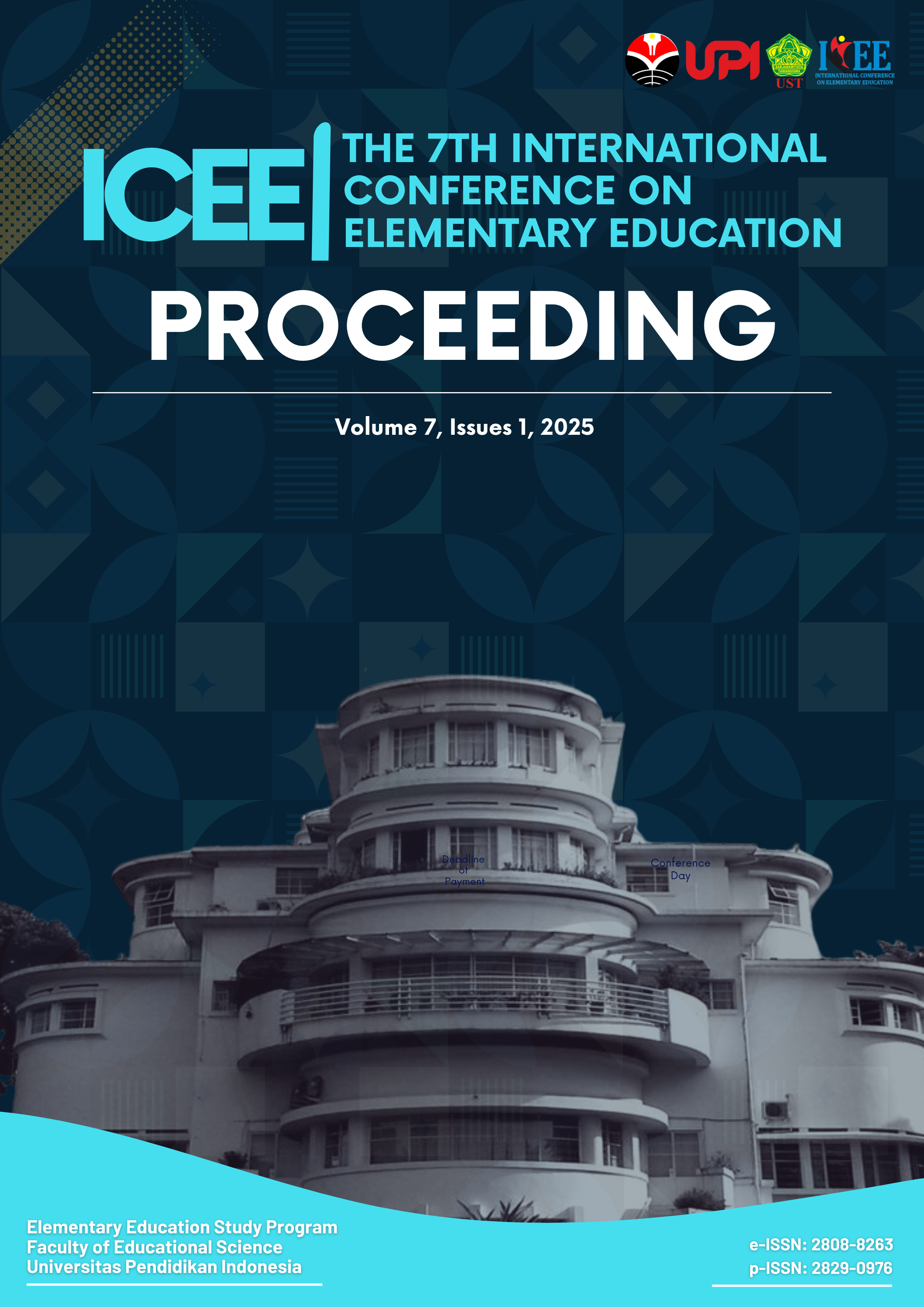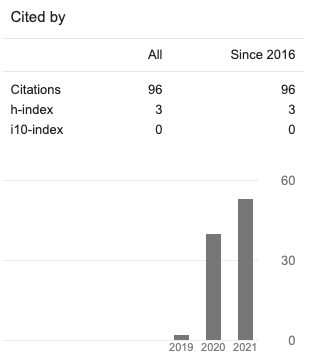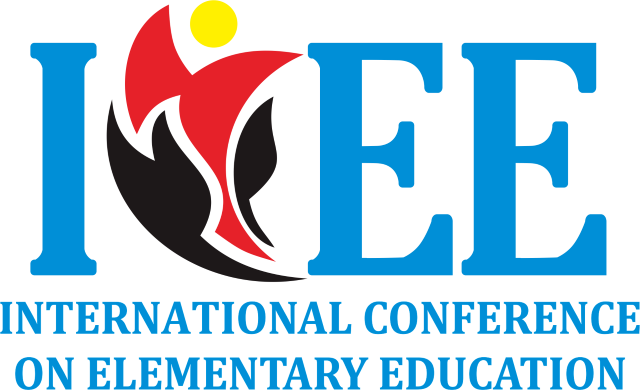Inclusive Learning For Visually Impaired Children At A Modern Elementary School
Abstract
This study explores the implementation of inclusive education for visually impaired children in modern elementary schools. The primary objective is to understand the strategies and challenges in providing an adaptive learning environment for visually impaired students. A literature review method was employed, gathering data from various relevant sources. Key findings show significant progress in inclusive education, with teachers demonstrating high levels of commitment to delivering quality education despite facing challenges such as limited resources and support. Innovative teaching methods, including the use of music and customized learning modules, have been employed to enhance the learning experience. Additionally, classroom adaptations such as flexible seating arrangements and personalized teaching models are integral to meeting the individual needs of visually impaired students. The study concludes that continuous teacher training and regular evaluations are essential to improving the effectiveness of inclusive education. The findings highlight the importance of creating a supportive learning environment that fosters the optimal development of visually impaired children, ensuring they have equal opportunities for learning and growth
Copyright (c) 2025 Hammam Rafi Abidin, Agita Asri Kusumawardani, Devy Ramadhani Dion Putri, Achmad Januar Arifin

This work is licensed under a Creative Commons Attribution 4.0 International License.















